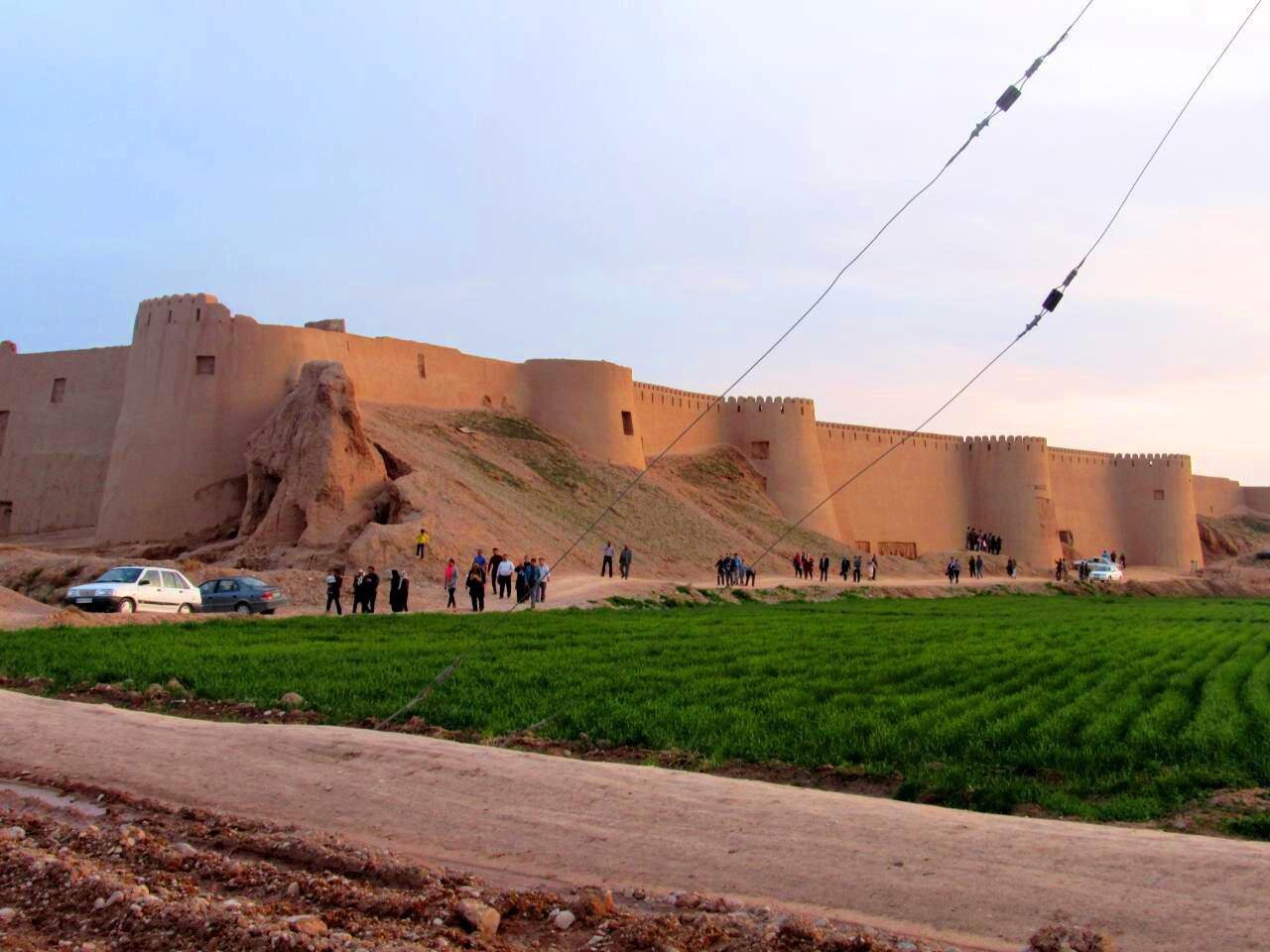Restored walls collapse in Shahr-e Belqeys, concerns mount over further damage

TEHRAN – Recently, a portion of the restored walls of Shahr-e Belqeys, a historical city made of mudbricks in northeast Iran, has collapsed, sparking concerns about the integrity of the remaining structure.
Situated in Esfarayen county of North Khorasan province, Shahr-e Belqeys (“City of Belqeys”) was prosperous from the late Sassanid era to early Islamic times.
Hossein Rahmani, the director of the National Cultural Heritage Base in the historic city of Belqeys, highlighted the significance of the
“A section of the restored walls of Shahr-e Belqeys, which is the second mudbrick-and-clay structure in Iran, has been collapsed recently,” ISNA quoted Hossein Rahmani, who presides over the national site, as saying on Tuesday.
Rahmani expressed concerns that had persisted over the past two to three years regarding the potential collapse of all the restored walls. He also called for urgent restoration work.
Approximately 160 square meters of the restored walls have collapsed, Rahmani said.
He lamented the lack of allocated funds for the restoration of this historical site in recent years, with national funds primarily directed towards employee salaries.
Regarding the cause of the collapse, Rahmani attributed it to improper restoration methods, resulting in uneven restoration depths ranging from 10 centimeters at the bottom to 70 to 80 centimeters at the top of the walls.
Moreover, he emphasized the importance of conducting thorough studies before commencing restoration work, including determining the appropriate materials and techniques.
He criticized the use of raw clay and the application of straw during the restoration process, which deviated from historical construction practices during the Safavid, Ilkhanid, and Seljuk periods.
Furthermore, Rahmani pointed out that the builders of the original structure were well aware of the presence of termites in the region, which posed a threat to the stability of the building. However, the use of inappropriate materials during restoration exacerbated the risk of collapse.
"The combination of expansive soil, erosion, and the weight of the structure led to the collapse of sections of the restored walls.”
Rahmani estimated that approximately 1.2 billion tomans (Some $20,000) is needed to conduct a new restoration of this historic city.
This incident underscores the importance of employing proper restoration techniques and allocating adequate resources to preserve Iran's rich cultural heritage for future generations.
Although previous archaeological excavations at nearby mounts and hilltops date the antiquity of Belqeys to approximately 6,000 years, its period of prosperity spanned from the late Sassanid era to the early Islamic period, as noted by Rahmani.
Historical records, including a book on the history of Neyshabour, indicate that Shahr-e Belqeys garnered special attention from Sassanid monarchs, resulting in a period of prosperity before the region's conversion to Islam, Rahmani explained.
"The Belqeys citadel ranks among Iran's largest mudbrick fortresses, second only to the UNESCO-registered Bam citadel," the official stated.
Situated a short distance from the city of Esfarayen, the ruined citadel has yielded various artifacts during excavation efforts, including remnants of family lodgings, irrigation channels, a cistern, and a hypostyle hall.
The Sassanid era (224 CE–651) holds great significance in Iranian history, marked by a flourishing of Persian art and architecture. Notable architectural achievements from this period include grandiose structures such as the palaces at Ctesiphon, Firuzabad, and Sarvestan, which remain highlights of the era's architectural ensemble.
AM
Leave a Comment